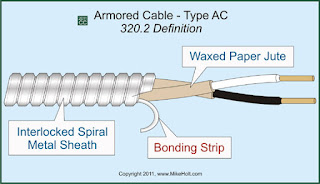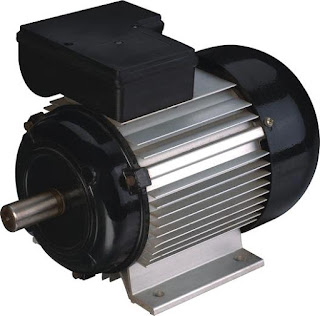Wire Diagrams Starting Motor Using Auto-Transformer - In the starting mode, the initial voltage supplied to the motor through a reduction autotransformator and after a few seconds the motor steady speed is reached, the voltage to the motor stator terminal voltage value is returned to positions normally through displacement contact circuit as shown in the picture below.
The process that occurs on the motor with autotransformator starting mode consists of three stages as follows:
when subjected to early start the motor terminal voltage supply whose value has been reduced because the flow of power to the motor is passed through a autotransformator connected in star. The amount of reduction in the voltage applied to the motor depending on the position of tapping on the autotransformator rolls.
Stage Two
after the motor spins while, contactors that form the star relationship autransformator detachable, so the auto transformer will form a series inductance in series with the motor, in this case actually rolls the autotrasnformator form a series inductor series with the stator windings. Usually the transfer of the first stage to the second stage will be to work after a few seconds the motor rotates.
Third Stage
a split second after the second stage, the circuit will move ketahap third. At this stage supply voltage the motor gets in full accordance with the voltage nets - nets. When the contactor which sends a full supply voltage to the motor terminals is active, then indirectly autotransformator ter-bypass so that the existence autotrasnformator not affect the value of the supply voltage towards the motor. And if the motor has been operating normally, autotransformator can be turned off.
Starting the system with this mode is typically used on LV motors with power above 150kW. Disadvantages of this system is the cost is quite expensive because of the high cost for a autotransformator.






